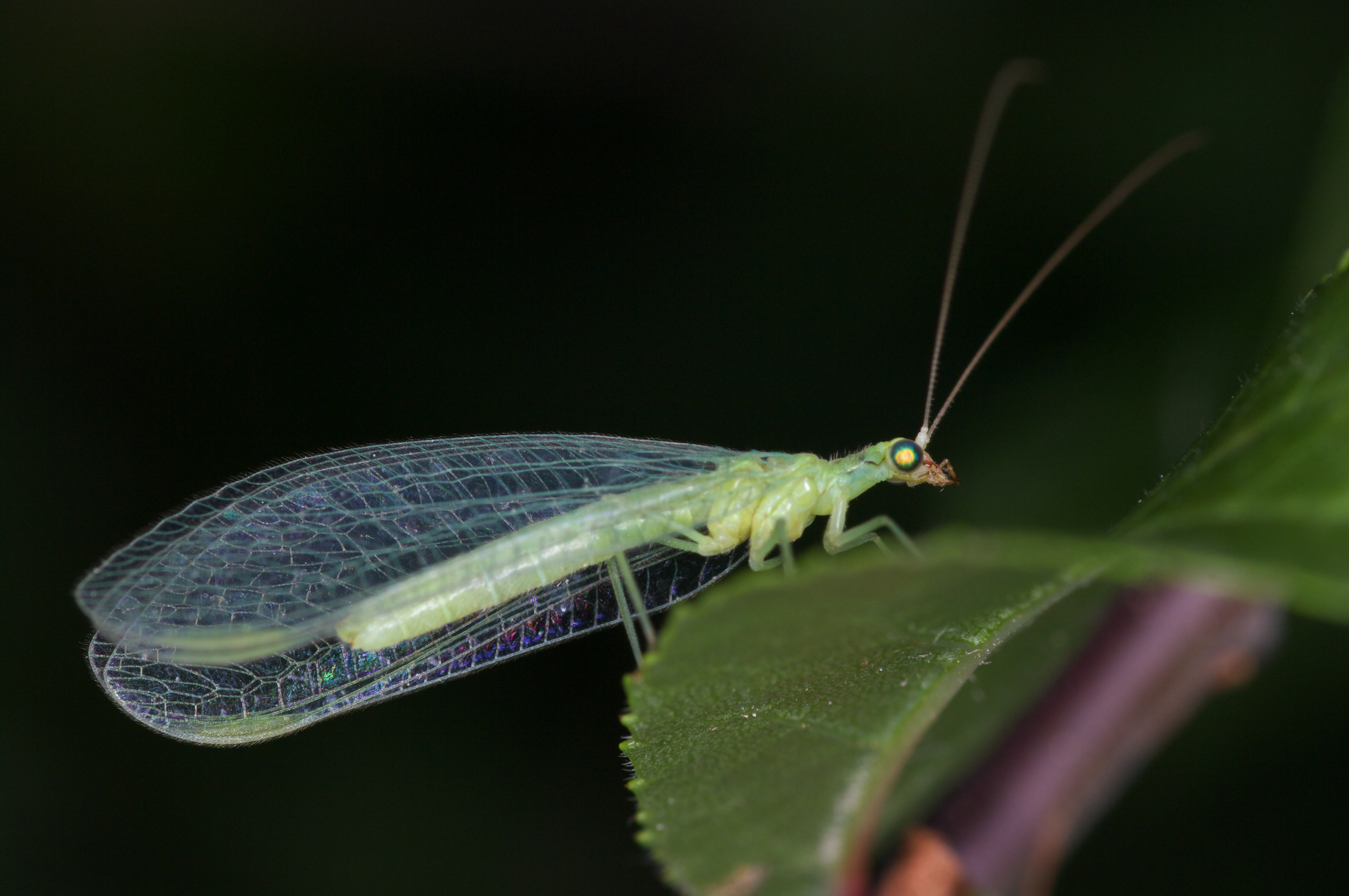Functional biodiversity in arboriculture
 How to encourage the establishment of fauna useful for the balance of the orchard,...
How to encourage the establishment of fauna useful for the balance of the orchard,...

Functionalbiodiversity can be defined as part of total biodiversity. It is made up of groups of species that offer the same eco-systemic services, and whose importance varies according to the diversity...[1]. In agriculture, this means useful biodiversity that has a positive environmental, economic and social impact on the farm.
In arboriculture, there is a great deal of work and research aimed at promoting biodiversity to maximise pollination, or including it in an integrated crop protection approach.
Functional biodiversity services
Conservation biological control
The term biological control is the use of predators or natural enemies to control crop pests. Conservation biological control refers to all the practices used to modify the environment in order to increase or attract local populations of natural enemies.
Auxiliaries in arboriculture
Predators and natural enemies
There are a large number of natural predators of orchard pests. These includearachnids (spiders and opilions)insects ( ladybirds, lacewings, predatory bugs, parasitoid hymenoptera, forficulae, hoverflies, etc.),birds (birds of prey and passerines) and mammals (bats and mustelids), they all regulate a more or less specific range of prey on a plot or regional scale. The effectiveness of their action is therefore obviously linked to the size and diversity of the populations.
Pollinators
Like domestic bees, many "wild" insects also play a role in pollinating fruit trees : this is the case of various hymenopterans (bumblebees and "wild" bees), lepidopterans (butterflies) and sometimes certain beetles or diptera. It should be noted that under certain conditions, these wild pollinators can replace domestic bees when the orchards are no longer accessible to the latter : because of low temperatures or protective netting.[2].
Examples of actions and developments
At plot or farm level, a number of practices are recommended to encourage functional biodiversity. These may be one-off measures, or they may be part of a wider review of the way the farm operates.
Natural landscaping
Generally speaking, the more orchards are composed of and surrounded by diverse natural elements, the greater the trophic pressure on pests. They provide refuges for a diversity ofbeneficial insects, and we therefore recommend that be set up or maintained:
- Total or inter-rowgrassing.
- Flower strips and plant cover mono- or multi-species.
- Hedges.
- Other natural landscape features : ponds, riverbanks, etc.
Although diversity is the most effective lever, it is possible to design these features according to the beneficials you wish to favour.
Artificial
There are also a number of "artificial" devices designed to attract certain predators and beneficials to orchards, such as :
- Perches for birds of prey.
- Nesting boxes for birds and bats.
- Insect hotels.
- Dry stonewalls
- etc.
Plant management strategy
The installation of such facilities is often accompanied by a change in practices in line with the rationale of protecting functional biodiversity.
mowing and species diversity
As previously stated, it is important to maintain the greatest possible diversity of habitats on the plots. Therefore, if grass cover is introduced, it is advisable to adopt a carefully considered approach to grass mowing : mowing less often, with different cutting heights, or even giving preference to "rolling" the grass.
Similarly, when plantingIn the same way, when planting, consider introducing different varieties or even service plants within the rows.
Phytosanitary strategy
It is vital toadapt the methods and timing of treatments, so as not to harm the populations attracted to the orchard. The number and doses of insecticide treatments must be reasoned out as far as possible, taking care to avoid flowering periods and product drift.
Ecological continuity
The issue of biodiversity, both total and functional, also arises at regional level. When landscapes are fragmented by human infrastructures or open spaces, a large number of animal species (often useful in agriculture) see their ability to move reduced. By extension, this phenomenon contributes to the weakening of their populations, both numerically and genetically.
One of the main ways of remedying this problem, and encouraging functional biodiversity, is to create an ecological network. This involves linking the various natural environments in the landscape by means of linear elements through which many species can circulate : this is the case of hedges, dry stone walls or even certain agricultural elements such as orchards.
References
- ↑ A. Moonen & P. Barberi, Functional biodiversity: An agroecosystem approach. Agriculture, Ecosystems and Environment, 2008. https://www.sciencedirect.com/science/article/abs/pii/S0167880908000674
- ↑ A. Häseli, Using wild bees to pollinate fruit trees, Bio-actualités.ch, 2014. https://www.bioactualites.ch/cultures/arboriculture-bio/technique-culturale/pollinisation-abeilles-sauvage.html